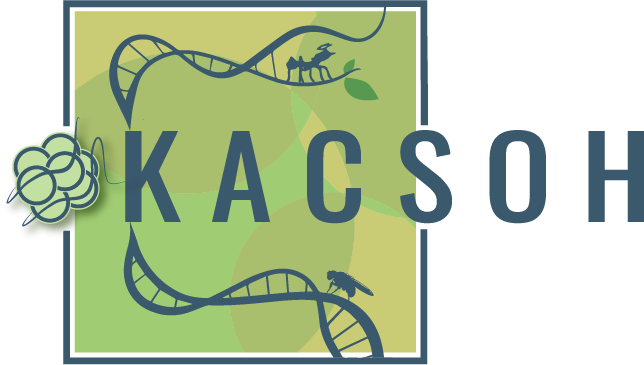Posing with my new model organism!
Field collecting in the Florida Keys for Camponotus floridanus.
As a postdoctoral fellow in the lab of Dr. Shelley Berger (Berger Lab), which resides in the Smilow Center for Translational Research at the University of Pennsylvania Philadelphia, PA., my primary studies focus on epigenetic regulation of behavior and aging by utilizing ants as a model system.
I believe that the interplay of neurobiology and the social sciences is a critical region of study, termed “sociogenetics.” With more and more precise molecular and neurogenetic tools, we are to better understand and define the relevant differences between a variety of social orders. In 1975, E.O. Wilson accurately predicted that a split in these two disciplines would occur primarily based on mechanistic/molecular approaches and evolution/ecological approaches. Sociality exists across many branches of the tree of life and is thought to encompass a spectrum of behaviors. But is there a single criterion that is truly suggestive of all forms of sociality? E.O Wilson suggested that the common denominator of sociality is the ability to communicate, stating: “the terms society and social must be defined quite broadly in order to prevent arbitrary exclusion of many interesting phenomenon” (Wilson 1971).
In particular, I view sociality as the degree to which individuals tend be gregarious, or associate in social settings, and form cooperative groups that ultimately increase the survival and fitness of the individuals. But what influences these behaviors on the molecular level? How do experiences shape our genetic information?
This remains unknown and my long-term goal is to answer these questions using the more fluid reproductive plasticity present in ponerine ants such as Harpegnathos saltator, where I am studying the epigenetic effects of caste identity as a function of social environment. In ants, bees, wasps, Drosophila, and other insects, we are privileged to not only see how complex societies evolve independently of humans, but also to dissect, with ever increasing clarity, the relationship between advanced social order, the forces of natural selection that shaped them, and the underlying neuro-genetic, epigenetic, and genetic mechanisms that guide these behaviors.
We have only just arrived at the boundary between insect behavioral neuro-genetics, evolution and ecology, and sociobiology. These findings and studies could have fruitful vertical integration to humans when asking about the genetics of sociality.










